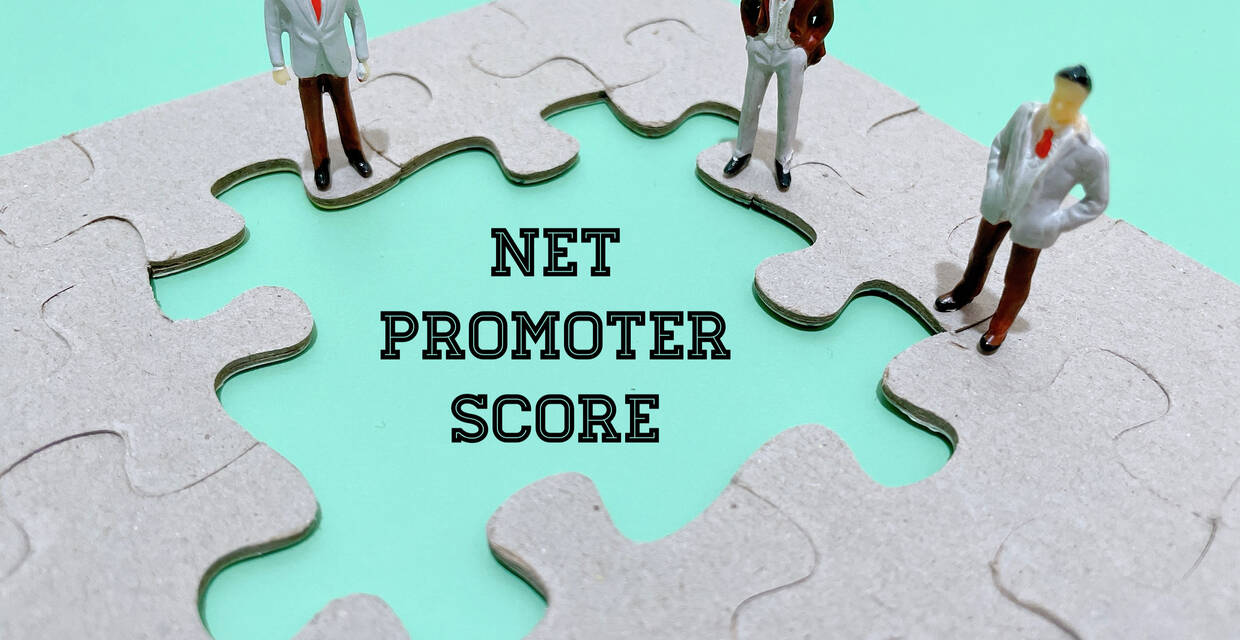When running an urgent care, you have two priorities–caring for your patients and making your business solvent. Healthcare providers can lean on their education and clinical experience for the first priority, but how do you keep people coming back? Creating a positive patient experience is essential for any healthcare business’s success.
Luckily, some metrics can help guide your business. Net Promoter Scores give providers a quick snapshot into how they are–or aren’t–building loyalty. NPS isn’t limited to healthcare, though. This one-question survey is a valued metric for reputation feedback across industries. It’s easy to calculate, and companies can use it to track their customer experience over time. But what is it?
What is NPS?
If you’re unfamiliar with the term, don’t worry. NPS is simply a way to measure the customer experience–a modern-day equivalent of a word-of-mouth review. The system asks just one question–how likely are you to recommend this company? Survey respondents are then given a scale of one to ten to rate their experience.
The results of this simple question fall into three categories:
Detractors (0-6)--these patients have had a negative experience in some way and will either not come back or tell others that they don’t recommend the business.
Passives (7-8)--Passives had a positive experience but not enough to remain loyal to the business or influence others to choose the business in the future.
Promoters (9-10)--Promoters have such positive experiences that they become repeat patients and recommend the care provider to friends and family.
The formula for calculating NPS is simple: subtract the number of promoters from the number of detractors. Passive respondents don’t figure into your score as they are unlikely to influence others in one way or another. This total gives you a number from -100 to 100. Of course, a score of 100 is ideal, but anything over 0 is considered good. A score of over 50 is excellent.
But numbers without context are meaningless. What does a high score tell business leaders? At its root, a high NPS tells leaders that they are serving clients or patients well and serving them well enough to gain their loyalty. In the best cases, they’ll tell their friends and family. In any business, a reputation for quality is something that can’t be bought. This is hugely valuable feedback for building your business.
What Does NPS Mean In Healthcare?
NPS scores in healthcare tend to be very good compared to other consumer industries. The average NPS for a healthcare provider is 38, according to surveys conducted by Retently.com. The data shows that healthcare providers typically have more promoters than detractors.
But while the overall industry maintains a reasonably high score, EHRs tend to score much lower. Quest Diagnostics clocks in at -17, while CVS Health scores a 17. Both have numerous convenient locations and online booking. So what creates the disparity? This indicates a gap in patient experience.
How Patient Experience Increases NPS
As healthcare providers, the patient experience is the heart and soul of what you do. But patient experience starts long before the patient sits on the exam table. An expectation of quality care is the baseline; what brings them back is how pain-free providers make it to get care in the first place.
Solv’s Director of Brand, Skylar Saffold, says that convenience drives the patient experience.
“If you don’t invest in showing same-day availability, then patients will find someone who does,” Saffold says. “Data shows that if you don’t have availability today, 20% of patients will find somewhere else to go. And 75% will go elsewhere if you don’t have availability that week. The days of walk-ins are over.”
Same-day availability and online scheduling create a first impression that can net a higher NPS for your practice. In fact, more than half of healthcare consumers place higher importance on convenience than anything else, including their insurance coverage, quality of care, and doctor or nurse conduct. In a busy world, providers have to provide the easiest option for booking; then, they can surpass expectations of care in the exam room.
Higher NPS Reveals Higher Patient Loyalty
Data shows that having more promoters directly translates to customer loyalty. In a recent webinar, Michael Barber, Solv’s Senior Director of Growth, showed that 90% of patients booked through Solv remained loyal to their chosen clinic locations. With an NPS of 82, Solv’s reputation for ease and convenience in booking reflects on the healthcare provider, creating a great first impression and driving future loyalty.
That loyalty also translates into revenue. Bain and Company, which introduced NPS in 2003, shows that a 5% increase in customer loyalty results in 25% more profitability within the financial services sector. While there may not be a direct translation to the healthcare industry, the evidence is compelling. Your promoters will be the revenue base of your business.
Beyond the numbers, patient loyalty provides opportunities for more personalized care as providers get to know their patients and their concerns. With patient loyalty come increased trust in their providers, which can lead to better health outcomes in the long run, according to the data from the University of Missouri Health System. When followed for six months, promoters showed lower readmission rates, lower returns to the emergency department, and higher care compliance.
How to Improve Your NPS
First, it’s essential to find ways to survey your patients. While the NPS survey is only one question, many patients will happily click past it. The key is surveying patients immediately after their care experience. Since NPS is a rolling metric, continuous new data will give a more accurate picture of what your patient experience looks like right now.
Once you have a benchmark NPS, you can start investigating the areas that need improvement. Reaching out to your patients that identified as detractors is the first step. An additional short survey could be sent to ascertain the customer pain points. That feedback can help tighten up procedural gaps and find products or processes that will elevate the patient experience. In the world of urgent care, offering same-day appointments and online booking can make a huge difference.
While NPS metrics can be eye-opening, it’s important that providers aim to increase patient satisfaction above all else. Create a seamless, stress-free experience, and satisfaction and recommendations will come.
Want to learn more about how you can improve patient experience and patient throughput? Learn more about Solv.




